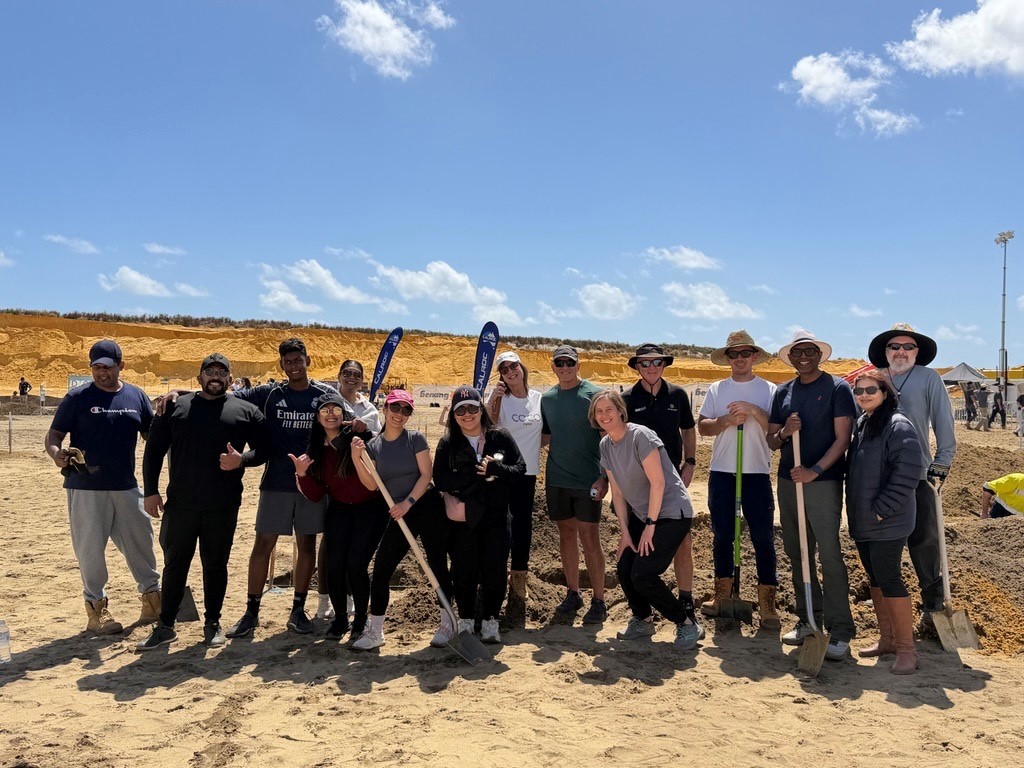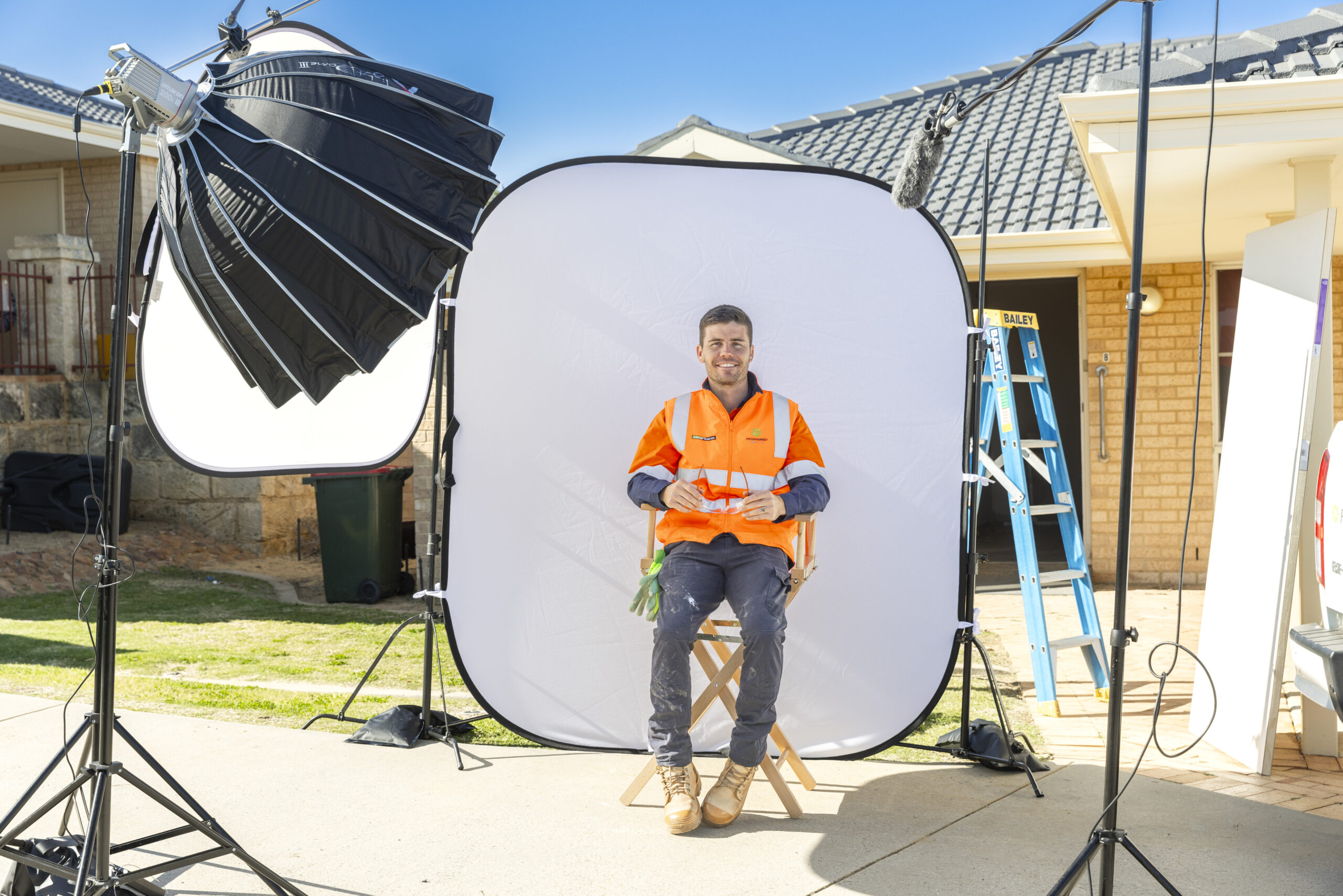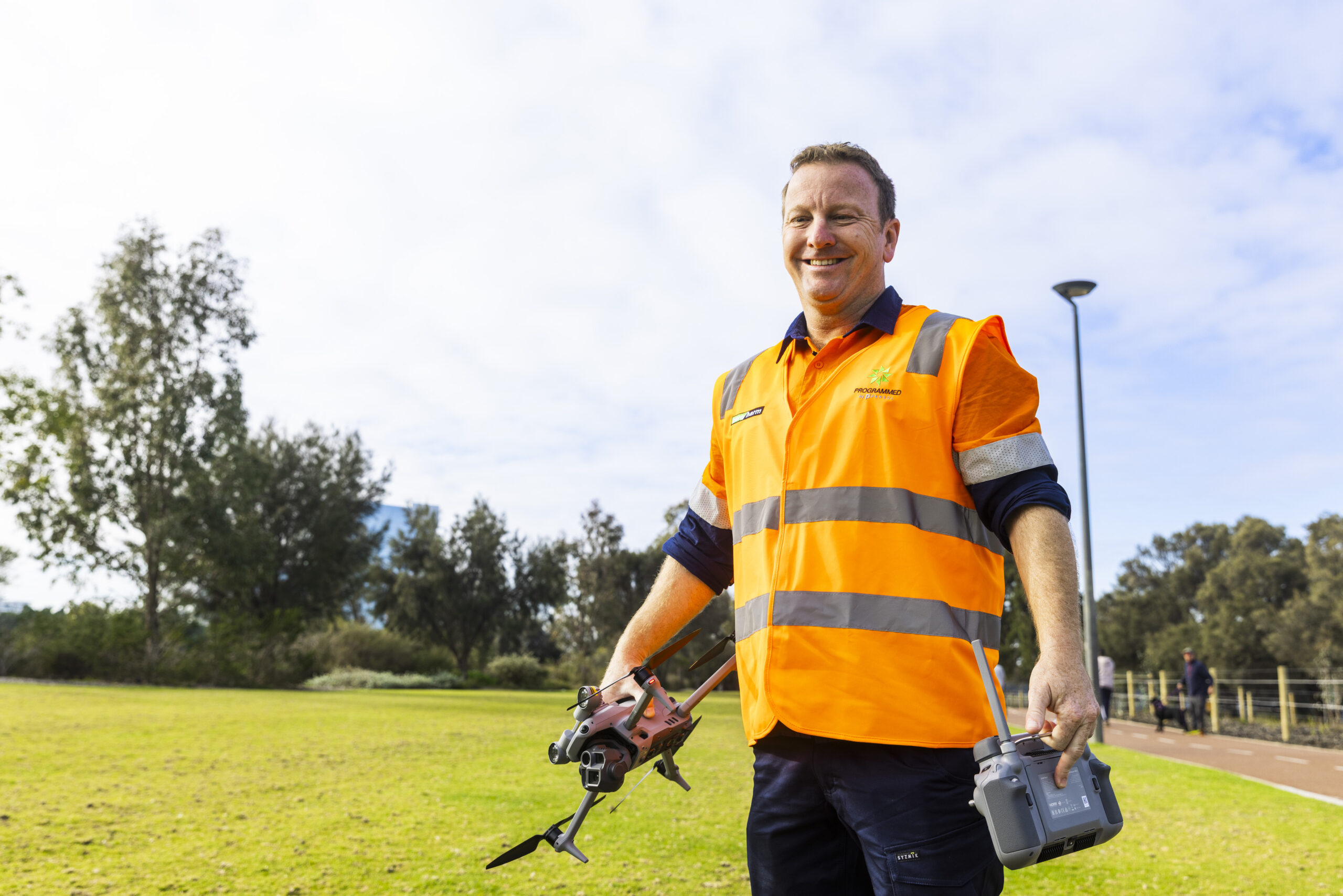It is crucial for children to have the opportunity to connect with nature and engage in unstructured play outdoors. The increase in natural playscapes in local parks is a good sign that this is being recognised more widely.

There are numerous compelling arguments highlighting the advantages of children engaging in play and interacting with natural elements, leading to positive outcomes.
Take a moment to reflect on your most cherished childhood play experiences and where they occurred. It’s highly likely that playing outdoors in a natural environment, such as by a local creek, climbing trees, and building forts out of sticks and branches, stands out in your memory.
Parents and educators who allow children the opportunity to follow their naturally curious instincts without the encumbrance of ‘zero-risk mentalities’ driven by fear of potential dangers, are giving these young explorers a chance to connect with the outdoors and the wonders of nature.
The push for ‘zero-risk’ in outdoor play is understandable. Increased traffic, accompanied by a decrease in available parks and green spaces, and a fear of crime perpetuated by the media, make it challenging and less appealing for adults to allow children outdoors unsupervised.
Yet finding ways to give children the freedom to roam and push their personal boundaries in outdoor spaces gives them useful physical, emotional and mental advantages for later on in life, and help to counter the trend of “growing older younger.”
Life is not monotonous nor asymmetrical. And neither should a child’s play area be. Rather, outdoor playscapes should excite and foster imaginative play, reflecting the underlying notion that in life, as in play, children should not expect uniformity.
As playgrounds evolve, there is now a growing emphasis on incorporating nature into these spaces. There is a return to the true purpose of playgrounds – a space to challenge your physical capabilities and make friends as you explore and engage with nature.
When determining what elements should be included in a playground, it is essential to conduct a risk-benefit assessment rather than solely focusing on the risks. This approach allows children to experience daily physical and social challenges. Play brings the world to life for children and exposes them to the risks and realities of the world they inhabit.
For instance, children should be encouraged to build their own cubby houses, climb trees, explore bug-infested areas, play with fallen debris, and create mud-pies. Forward-thinking schools, councils and early learning providers are advocating for spaces that facilitate this style of play.
At Programmed, many of our grounds management team and horticulturists get great personal and business satisfaction in designing and building spaces for schools, local governments and early learning providers where children (and more than a couple of adults) have been able to experience unfettered joy in natural playscape settings. If you’d like that for your organisation, speak to our professional grounds team today.
See an example of a playscape that’s exciting for the young and the young at heart here:





